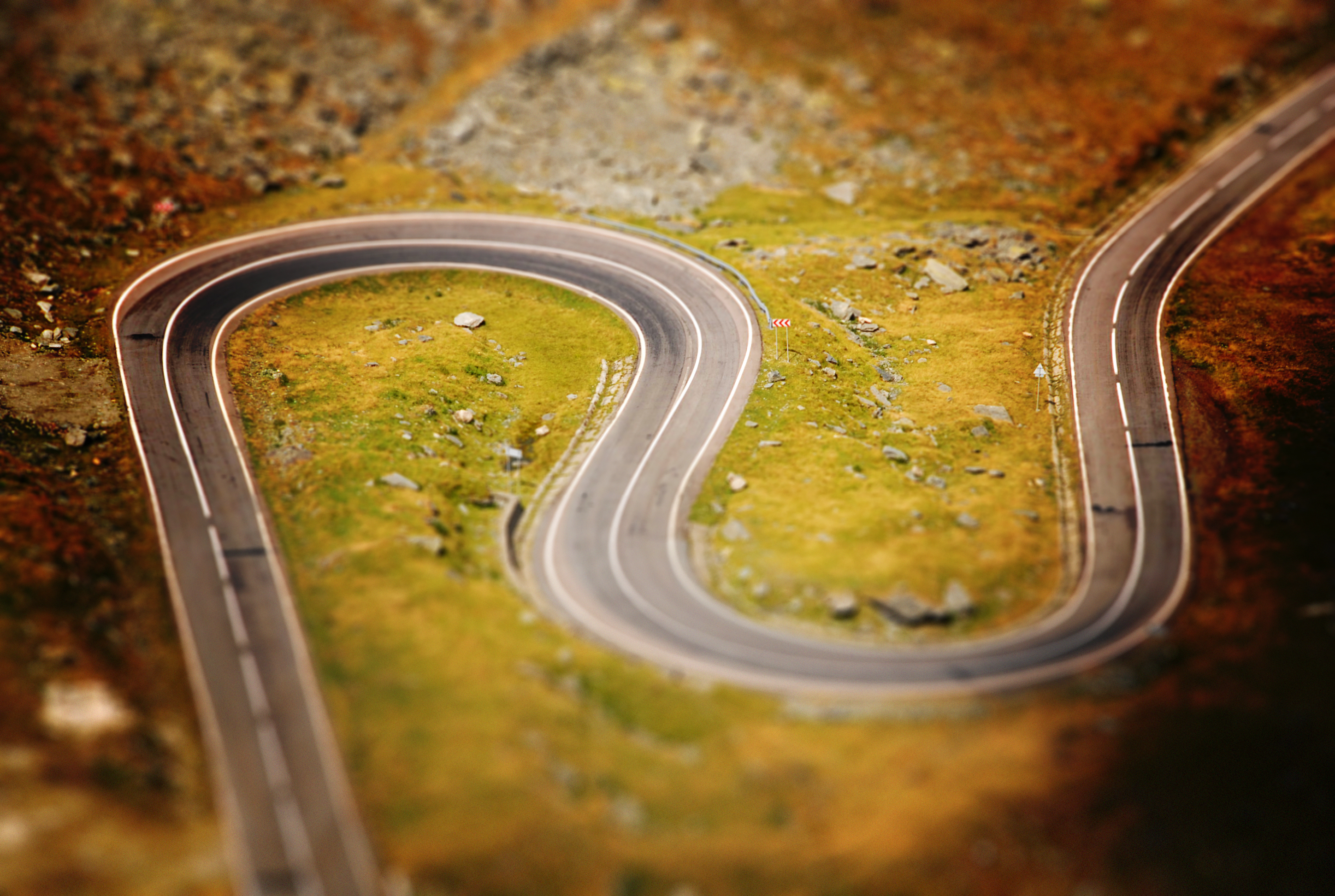
- #Tiltshift images android
- #Tiltshift images software
- #Tiltshift images professional
#Tiltshift images android
Using third-party apps like Fotor, Snapseed, Instagram, and Lightroom for mobile, you can tilt-shift with an iPhone and Android phone. Richter Can you tilt-shift with an iPhone or Android phone? Vivid colors will enhance the effect you like to create.Įxample Tilt Shift Effect by S. But you can also try taking tilt-shift images of streets, sports fields, paddocks, harbors, or crossroads.Ī tilt-shift image aims to make your subjects look like toys or miniature models therefore, you should add blur to the background and foreground and increase the saturation. Good tilt-shift subjects you can use to practice the miniaturizing effect are cars, people, cities, trains, or buildings.
#Tiltshift images software
You will have to rely on software or apps to recreate this effect.

However, it is not physically possible to tilt the lenses of your mobile phone. The camera’s sensor and the tilt-shift lens are angled differently, so you can quickly achieve this effect. You can create a tilt-shift effect with a unique lens with a DSLR camera. Miniature Belcastel France by Smartphone Photography How do I miniaturize a photo with my phone?
Taking photographs from a distance works better than close-up images. The miniature effect enhances with colorful people, pets, cars, and boats. People are used to looking at simple locations when they think of miniature worlds. #Tiltshift images professional
A big part of the photo will be out of focus, so make sure the subject is tack-sharp. You can find my professional tripod and remote shutter on Amazon.
Use a tripod and remote shutter to create sharpness in the image. In a ‘direct over shot,’ it is difficult to get a decent shallow depth of field. It is not absolutely necessary, but it makes your tilt-shift experience a lot easier. Take the image from above, but not directly overhead. Like many effects in smartphone photography, the tilt-shift effect can be done, but can you do it well? Here are a few tips to make sure your tilt-shift image will be successful: Tilt Shift Example from above with drone by Smartphone Photography 5 helpful tips for smartphone tilt-shift photography That’s why the subject appears to be a miniature, scale model, or toy. So when you use the tilt-shift effect where everything but the subject is out of focus, you trick your brain into thinking it is a close-up photograph. You won’t find blur in de foreground and background. Usually, when you take an image of a city or landscape, the entire scene is in focus. It results in a miniature take on a real-world scene using a tilt-shift lens or app. The foreground and background are blurred by using a shallow depth of field, which you usually get when taking close-up pictures. Tilt-shift is the effect you create when only a tiny part of the photo is in focus. Tilt Shift Example by Misuto Kazo What is the tilt-shift effect? In short, you can cover a larger area with your tilt shift lens.The gear I used for writing this blog can be found on my favorite gear page. In addition, a tilt shift lens projects a much larger circle of an image on your camera's sensor than a standard lens. With a tilt shift lens, you can place your camera parallel to the building and shift your lens upward to get perfectly parallel lines on the building. When you look up and take the picture, you can see the lines of the building converging at the top. This is handy for architectural photography to correct perspective distortion.įor example, say you're photographing a tall building. In shift mode, you can "shift" your lens to see above or below the camera's sensor. With a deeper depth of field, you can also get corner-to-corner sharp images. One of the creative uses of this function is the miniature effect you get when you keep the depth of field very shallow. Instead, it is angled, allowing you to play around with different depths of field to get various looks. When you tilt the lens, the focal plane is no longer parallel to the camera's sensor. With the tilt function, you can get different depths of fields, thanks to the Scheimpflug principle. 
A tilt shift lens can shift from left to right and up and down in direction.






 0 kommentar(er)
0 kommentar(er)
